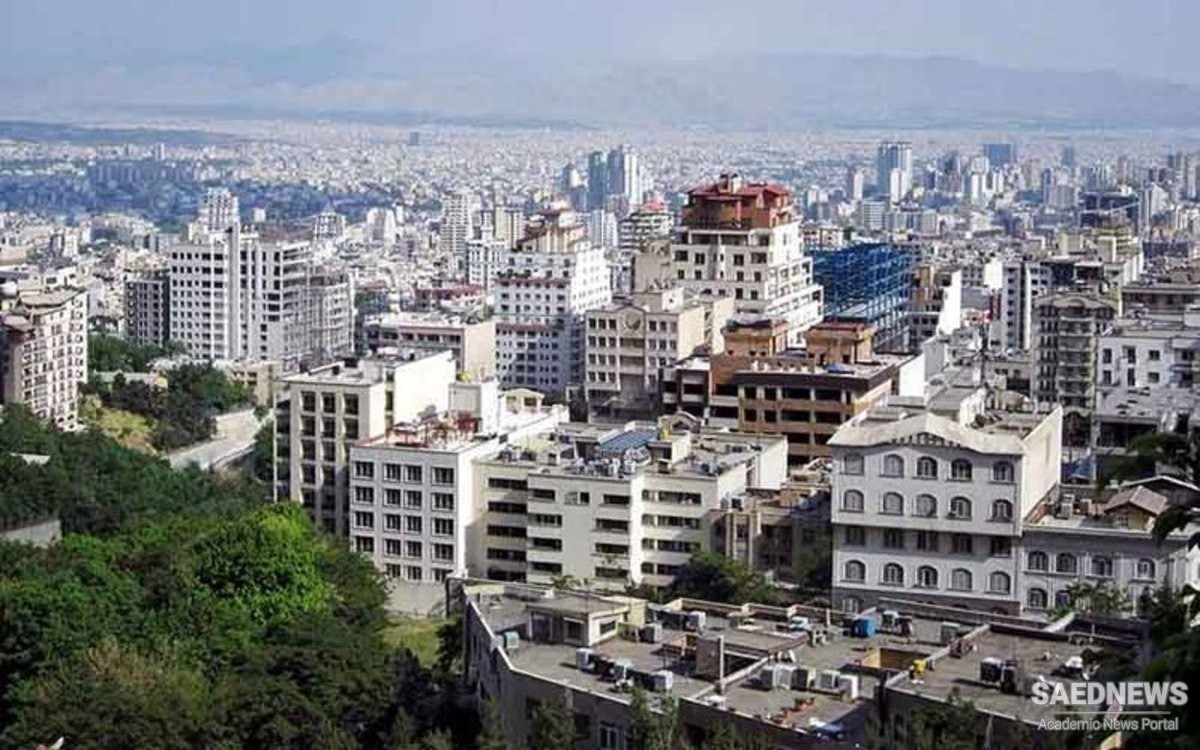This means that the tenants will have to fit their belongings in a new property that may be smaller, in which case some things will have to go to storage, or bigger, in which case they may not have enough carpets to cover the floor in all the rooms. Carpets are used all year round and by everyone regardless of income level and for Iranians, the laying of carpets turns a new house into a home. Therefore, being short of carpets can be problematic in a new property. Furniture and big electrical appliances may be damaged while being moved, and often tenants need to buy new curtains, which in Iran are a substantial outlay.
Relations between landlord and tenant are considered (and sometimes are) hard to negotiate. Tenants are usually careful not to offend the landlord in any way and some landlords act like feudal lords. A popular proverb goes, “A bad landlord makes the tenant a homeowner,” because tenants try to buy their own place, even if it is only a 538 square foot (50 square meter) flat, instead of dealing with a landlord. Therefore, as in many other countries, everybody dreams of buying their own house.
Ownership of a place to live is often vital. During the marriage negotiations of a male relative of ours, the father of the bride stipulated that the young couple should not live in a rented flat. Luckily, the groom’s mother owned a small one-bedroom apartment, so the young couple lived there until they were able to buy their own place. Another relative owns a three-story house that is, in effect, three apartments. His family lives on the ground floor, one floor is rented out, and the third has been temporarily used by each of the family’s four sons as they married one by one. The first son stayed for three years until he was able to buy his own property and move out. When the second one married, he lived in the apartment for a few years until the third one married, and so on. Now the fourth son lives there with his young bride until they are able to afford a place of their own.
Not everyone is so lucky, though. Many young couples, especially from less affluent backgrounds, rent a place until they are able to afford one after years of saving and borrowing from the bank, or until they are offered a social housing option, which is sold or rented at preferential rates by governmental agencies. When many older houses in Tehran were demolished, either because they were beyond repair of because families needed more space, they were replaced by two- or three-story buildings with one flat on every floor. The original owner usually lived in the ground floor unit and rented out the other floors. In this arrangement, the building is still considered a house and not a block of flats, and the landlord acts as the building manager without charging a maintenance charge. Each tenant is responsible for cleaning the communal staircase that leads to their flat from the floor below, unless a cleaner is employed and paid by all.
If you have to rent a flat, there are three options. The first way is paying monthly rent, as in the rest of the world. Another system, which I have only come across in Iran, is called rahn. Rahn is usually translated as mortgage, but not as we know it. This is how rahn works: the tenant pays the landlord a lump sum of money, roughly one-fifth of the total value of the property, and moves in. At the end of the rental term, the landlord returns the same amount to the tenant, who only moves out upon receipt of the money. This is a useful system for landlords, who may run a business or may have borrowed from the bank in order to buy the property, or who can live off the interest of this (often considerable) sum. Until recently, when the interest rates were high, this option was attractive for many landlords. The third way, at present the most popular, is a combination of rahn and monthly rental.


 Iranian Sense of House: The Persian Woman's Stronghold
Iranian Sense of House: The Persian Woman's Stronghold














































